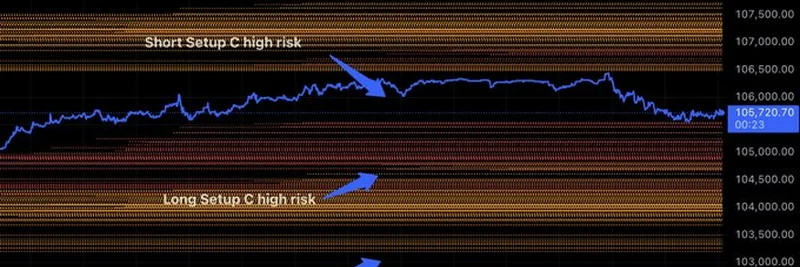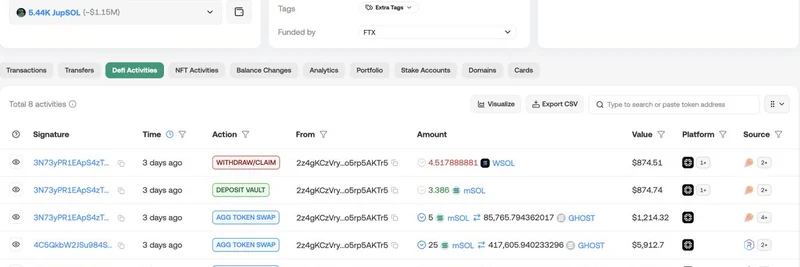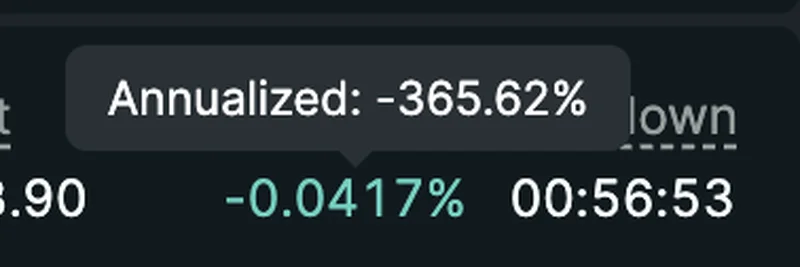Hey there, crypto enthusiasts! If you’ve been diving into the wild world of cryptocurrency trading, you’ve probably heard about liquidation levels and how they can make or break your trades. Recently, Marty Party (@martypartymusic) dropped an insightful thread on X that’s got everyone buzzing. This guide breaks down his approach to trading crypto liquidation levels, using data from Binance leverage traders. Let’s explore this strategy step-by-step in a way that’s easy to follow, even if you’re new to the game!
What Are Liquidation Levels?
First things first—let’s talk about what liquidation levels are. When you trade with leverage (borrowing funds to amplify your position), exchanges like Binance set specific price points where your trade gets automatically closed if the market moves against you. This is called liquidation, and it happens to protect both you and the exchange from losing more than you can handle. Marty’s chart highlights these levels, showing where high-leverage traders (100x+ in red, 50-100x in yellow, and 25-50x in blue) are likely to get liquidated.
Decoding Marty’s Chart
Marty’s post includes a cool chart that maps out these liquidation levels for Bitcoin (BTC). The price action weaves through colored bands, each representing different risk zones. Here’s how to read it:
- Short Setups: These are opportunities to bet that the price will drop.
- Short Setup A (Low Risk): Where the top blue lines end.
- Short Setup B (Mid Risk): Where upper yellow meets upper blue lines.
- Short Setup C (High Risk): Where upper red meets upper yellow lines.
- Long Setups: These are chances to bet on a price increase.
- Long Setup C (High Risk): Where upper red meets upper yellow lines (yes, it overlaps with Short Setup C!).
- Long Setup B (Mid Risk): Where lower yellow meets lower blue lines.
- Long Setup A (Low Risk): Where the lower blue lines end.
The idea? Price tends to move toward these liquidation zones because that’s where the big trades get wiped out, creating liquidity for the market to absorb.
Why Ditch Traditional Technical Analysis?
Marty suggests forgetting traditional technical analysis (TA) like support and resistance lines. Instead, he advocates following the “liquidity”—the areas where leveraged positions are likely to be liquidated. This approach hinges on the fact that crypto markets are driven by these high-leverage trades, especially on platforms like Binance. When prices hit these levels, the automatic liquidations can trigger big moves, making it a goldmine for savvy traders.
Marty’s Trading Tips
So, how do you trade this? Marty lays out some solid advice:
- Wait for Setup A: Stick to the low-risk zones (the blue lines) for safer entries.
- Always Use a Stop Loss: Set a price to exit if the trade goes south. This limits your losses.
- Exit in Profit: Take your gains when the price moves in your favor.
- Move Stop Loss: Adjust your stop loss to lock in profits as the trade progresses.
He emphasizes this is “NFA” (not financial advice) and just a guide for educational purposes. Always trade with caution and good risk management!
Why This Matters for Meme Token Traders
At Meme Insider, we’re all about helping you navigate the quirky world of meme tokens and blockchain tech. While Marty’s guide focuses on BTC, the principles can apply to meme tokens traded with leverage on exchanges. Understanding liquidation levels can help you avoid getting caught in a wipeout and spot opportunities when the market swings. Plus, with the volatile nature of meme coins, following liquidity could give you an edge over traditional TA.
Final Thoughts
Marty Party’s take on trading liquidation levels is a fresh perspective that’s turning heads in the crypto community. By focusing on where leveraged traders get liquidated, you can align your strategy with market movements rather than relying solely on outdated methods. Whether you’re a newbie or a seasoned trader, give this approach a look—but always pair it with solid risk management.
Got questions? Drop them in the comments, and let’s chat about how this could work for your favorite meme tokens! And if you want more deep dives like this, stick with Meme Insider for the latest blockchain insights.




